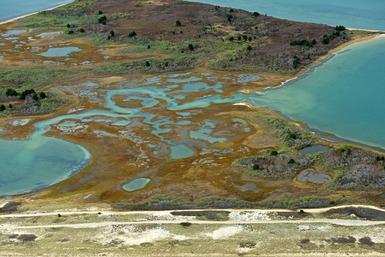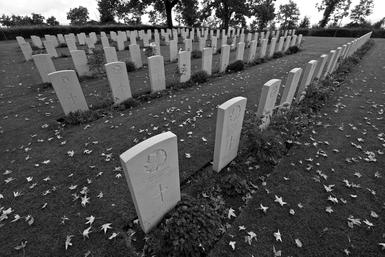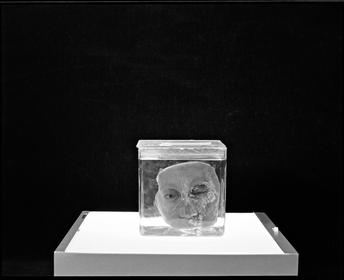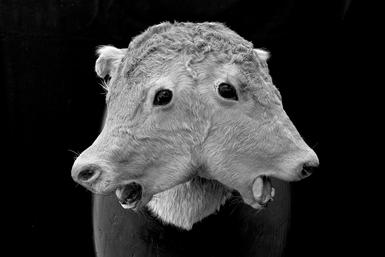Laurie Anderson sings "days go by" in a powerful refrain in the song "White Lilly". Nothing could be more true when spending time in the wonderful island called Martha's Vineyard.
This 25 mile long island off the coast of Massachusetts is its own world, of course. Anytime you spend time on an island the mainland fades away. Spend three straight weeks here and you have an isolation that not only has you forgetting about traffic jams, the hectic pace in the city and deadlines but also the world outside the island all together.
With a constant flow of house guests and driving them to and from the ferry, trips to town to shop for food, hikes on the beach and on inland trails, long discussions after a meal sitting at the dining room table or clearing space to look at a box of photographs, time seems suspended in a never ending cycle of days that "go by" one after the other in a sort of blissful haze of activity that is fast paced but where they all blend together too, different but the same really.
Somewhere in there, as I carve out space to work, I have ongoing photographic projects I need to attend to. There is the tree in Aquinnah that needs my attention on a daily and seasonal basis:

There is the building of the fish pier in Oak Bluffs:

now finished.

Finally, there is some work to try to figure out if there is merit in making pictures of some trees across a field that I first photographed in a photo class in 1968!


Ancient history I know, but true. In case you have trouble doing the math that is 46 freaking years ago! OMG!
I was taking a 4 x 5 intro class and thought that it would be good to come here to the island to make my first pictures. I hauled the school's Calumet view camera to the island in its fiberboard case, loaded the holders like we'd been told in class, set it up on the tripod in front of these same trees and made several exposures. Back at school in the gang darkrooms after a weekend on the island, I developed the film and made 4 x 5 inch contact sheets. In each frame along the center bottom of the image was the rail of the view camera, sticking into the image as a blurry reminder that it might be a good idea in the future to look over the whole image portrayed back on the ground class.
Oops.
After last week's shoot in Washington at the National Museum of Health and Medicine (here) I headed down to Martha's Vineyard. To be truthful, it has felt like R and R as photographing those specimens is very difficult emotionally.
The Vineyard's perfect as it is a powerful cathartic for me and always has been. I am using the same tools, the same camera I used last week to photograph endless jars of premature death; abnormal and deformed life cut short, to see what's here that is the same but different than the last time I was here back in early June.
I very often start here:

Which is a beach near the cliffs at Gay Head( Aquinnah).

You must have places you love and revisit to confirm they are still there and that assert that everything is okay with the world, even though we know all is not well.
I've being working in High Dynamic Range, which I do rarely as it often looks over cooked and artificial to me.
But there is no doubt that it allows us to handle a dynamic range that is way outside the camera's innate ability.



BTW: speaking of landscape photography, you might want to take a look at thislist: 100 landscape photographers worth knowing as it impressed me with just how much is out there that is very very good.
While here I will fly again as I am working on some new approaches to aerial photographing that I want to try out.
Stay tuned.
This is the s second post on pictures I made this past week at the Museum. Post No. 1 is here.
Warning!
The next group of pictures will be a little harder to deal with. If you're squeamish about photographs of human and animal remains perhaps you should stop here.
By the afternoon of Day One I was pretty well finished with photographing things in the public area. I asked Brian Spatola, the Museum's Lab Manager, if there were specimens in storage that I could photograph. After some thought, he agreed that I could. This is a National Museum, meaning that the place is there for us as citizens of the U.S. The Museum is on an Army Base and is under the control of the Department of Defense, so there were many procedures we had to follow. One of them meant we had to move each specimen out of storage on to a cart, roll it out to the public display area to photograph it, then roll it back again.
Over that afternoon and the following morning we did just that many times.



Gretchen Worden, the former head (now deceased) of the Mutter Museum in Philadelphia told me one of the times I was there photographing, that these preserved deformities and abnormalities are very simply a part of life and not something that should be closeted away or things that we should be denied access to.
I agree.
Here are Cailin and Amy, my two helpers at the Museum standing next to the cart they used to transport the specimens back and forth:
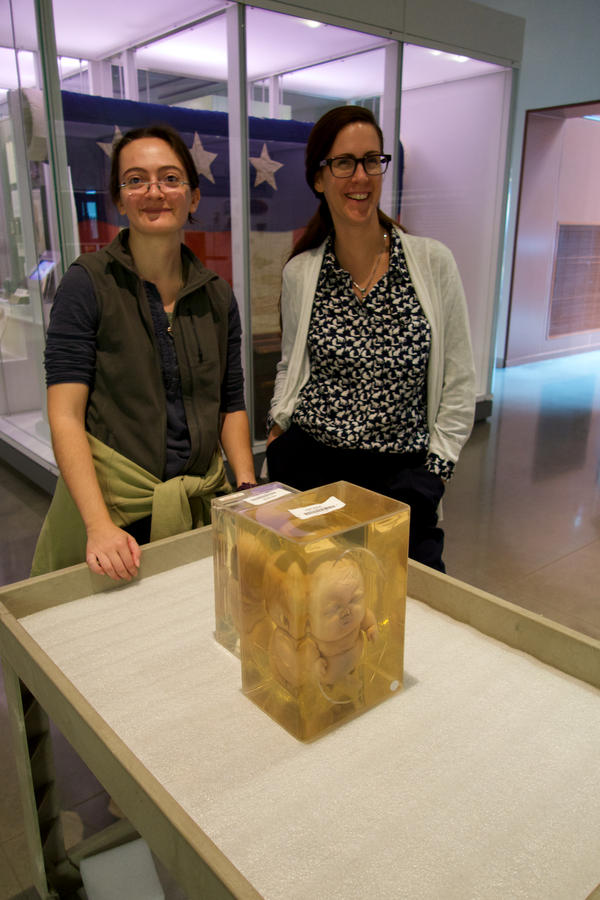
And here is one of the objects on the cart:



And another:

By noon on Day Two I was done. The staff needed to get back to their jobs and I needed to get home. I said my goodbyes, packed up the car with my gear and drove back home. About 7 hours after leaving the Museum I found myself in a below average restaurant south of Providence, sitting at the bar having a beer and a bowl of chili. The last frame in my camera, after shooting at the Museum for two days, is this I made as the sun went down from the parking lot in Coventry, RI before I went in to eat:

What's the significance of these pictures? What's it all mean? What's it about? Easy questions to ask. Not so easy to answer. Why am I driven to make these pictures? Do I have an agenda? A political motive? Not particularly. I would rather leave their intent and their result a little open ended, for you to establish whether they hold meaning and significance for you, personally, or not.
I drove down to DC, shot a day and a half, drove back... in three days. The day after I got back? I made a few prints and rested, literally. I slept a lot. Watched a movie, went swimming, did some errands and not much else. It was nice to be home.
I spent three days last week photographing in Washington, DC at the Museum of Health and Medicine. I spent the first morning photographing many of the specimens on display. The staff helped unlock the glass doors so I didn't have to photograph dealing with reflections. I am in huge debt to Brian, Caitlin and Amy, employees at the Museum, for all their help and assistance while I was there.


There are some really amazing things there. I spent a few hours photographing specimens and items on public display.


It takes about a day to drive from Boston to Washington. I like to drive but this has got to be one of the worst drives devised by man. Traffic getting out of Boston, traffic in Hartford, traffic approaching NY, traffic getting through NY, to say nothing about the NJ Turnpike. Trucks are what moves America these days and trucks are like highway trains moving massive amounts of goods. I don't need to tell you but for it to take over an hour to drive the 12 miles from my hotel to the Museum seems a little twisted. Just saying.
Day 2 is coming up in the next post as things get a little harder to deal with.
Seems ironic this artist is ranting about bad driving conditions when these people, yes people, are frozen in time, immortalized in their formalin containers, preserved for study and seldom seeing the light of day, as most are hidden back in the Museums' storage area. Most of these never breathed a breath of fresh air, never walked along a beach, never knew a cool glass of water, flew over mountains or watched a child take her first steps.
Heads up: Many of my earlier works from the Mutter Museum and Reggio Emilia, Italy will be on view at the next 555 Gallery show called "Devil's Promenade" with works by Antone Dolezal and Lara Shipley. The show runs from October 10-November 8. For more information go to: 555 Gallery The opening reception isSaturday evening, October 11th. See you there.
Next up?
Day 2 at NMHM. It gets a little harder.
For this one I am going to veer off topic just for one post and get technical a little. We'll stay with pictures I made at the Owl's Head Transportation Museum near Rockland, Maine but I want to write about using Live View and how it has improved my photography.
In a previous life before digital we practiced several rules about controlling depth of field and sharpness. One was setting for "hyper focal distance". This was a way to obtain as much sharpness as possible from foreground to background at a given aperture. That principle can still apply but is much better seen and used now through using Live View.
So, in Maine Vacation 4 I showed many of the photographs I'd made inside the museum, of mostly cars but a few planes too. I didn't show some of those that weren't good enough. Of course, you say, why would you? Exactly. But one of the reasons many weren't "good enough" is that they weren't sharp where they needed to be. A DSLR, a long lens, a camera on a tripod, cable release, mirror locked up, waiting a few seconds before tripping the shutter, tripod on a concrete floor. You'd think they'd all be sharp, yes? Well, mostly they were, just not always where I wanted them to be.

This was because the depth of field was very shallow. In this picture above I focused on the bright shiny hood of the car and therefore the brass light is blurry. On review later I found this unacceptable, so rejected the picture.

This one of the race car driver is just plain blurry. No amount of post production sharpening or tweaking can correct this. This is "user error", simple enough. Why? The camera was moving a little, the shutter caused vibration, any number of reasons.So, I went back the next day and made this picture using Live View.

I framed it a little differently the second time I shot it but I nailed the sharpness. Live View allows you to see the image on the back screen of the camera directly from the sensor. You can also zoom in to the part of the image you want focused. It is practically useless if you are hand holding and shooting quickly, but making pictures of things stationary on a tripod. it is almost essential.Here's another example:

In this one, a miniature of the Wright Brothers first flight, I made the emphasis the little guy on the left. Bad idea. The whole right side of the plane is not sharp.Here's the first redo:

(If you're looking at these on a your computer, you can make them larger by double clicking on the images.) You can clearly see that the center of the plane is now sharp, but because of very shallow depth of field, the little man on the left is blurry, as is the right side of the plane.Here's the final:

Here I have it all. Increased sharpness across the picture where I wanted it. How? By stopping down the aperture, from f7.1 in the first one to f22 in the second. Done. I could see the depth of field increase as I adjusted the aperture with Live View turned on. Lest you think from now on that it is cool to just stop down all the way you might want to do a little research on "diffraction". This is where, yes, you get more sharpness in depth when you stop down, but what is held sharp isn't as sharp as if the lens were at a more optimal setting (usually closer to wide open, f8, 5.6, somewhere in there).I often say to friends that perfection is illusive and it feels to me that part of my pursuit over my career as an artist has been to find perfection. Perfection in a photograph can be many things, of course: an incredible moment, sublime light, something frozen forever by a fast shutter, and so on. But one thing is for certain, for your picture not be to sharp where you'd intended it to be really diminishes the point and quality of your image. Using Live View can really help you obtain sharpness where you want it.
Thus endeth the lesson. Let me know if this was helpful. And also this ends my "Maine Vacation" series as I am headed home. Looks like I've got some printing to do.
Stay tuned.














